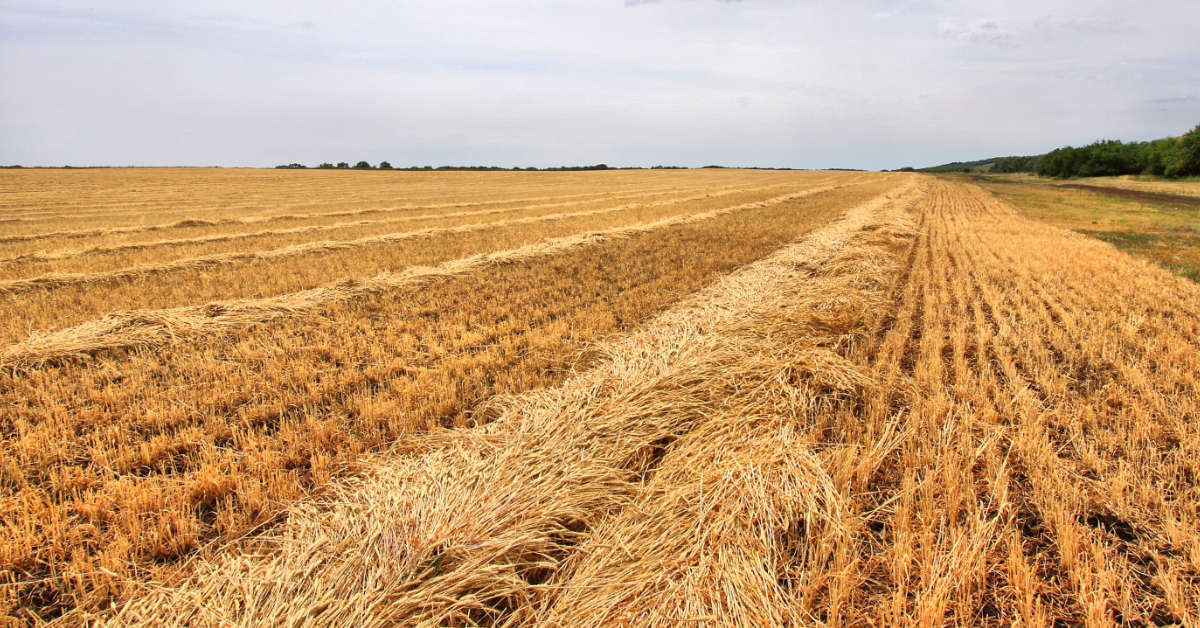Over the past two years the agriculture sector has been the star of the South African economy.
As the Bureau for Food and Agricultural Policy (BFAP) has pointed out, agriculture was one of only four sectors of the economy to register growth in 2020 and 2021.
The value of agriculture
During 2020, agriculture had grown by 13.4%. Last year, instead, the primary sector increased at a rate of 8.3%. Second only to the mining sector, which gained growth of 11.8%.
The commercial agricultural representative organization AgriSa highlighted that: “The GDP result for the fourth quarter of 2021 clearly demonstrates the immense contribution that the agricultural sector makes to the South African economy”.
This data also revealed the potential of agriculture to provide greater opportunities for job creation and earning of foreign exchange through exports.
Focus on the GPV
In this reasoning we must take into account the internal differences in the primary sector, which is made up of the following subsectors: field crops, animal products and horticulture.
To calculate the economic performance of each of these subsectors, the BFAP uses their gross value of production (GPV). GPV is calculated by multiplying the price of an agricultural product by its production quantity.
How did the different subsectors do, during the last quarter of 2021?
Horticulture ranked first; its GPV grew by 11% year-on-year and was the main driver of agriculture growth in the mentioned period. Animal production follows with a 6% rise and field crops with 2%.
Field crops
Field crops revenues during the last quarter of the year were dominated by winter crops. The worst data was recorded by barley. Its GPV dropped 37%, due to the intermittent bans on the sale of alcohol imposed by the government.
Instead, for wheat there was an 11% growth in production, while deliveries rose by 7%.
Animal products
The animal products sector enjoyed sustained increase throughout the whole year. Except for pork, all elements of this subsector were supported by strong prices.
The biggest element in the GPV of animal products was poultry, which increased by 6% in the fourth quarter.
Horticulture
The strong rise in the horticultural subsector was driven by high export volumes, despite logistical challenges that slowed packaging and shipping operations.
Horticultural GPV in the fourth quarter was dominated by table grapes, stone fruits and berries, augmented by the last citrus and pome fruits exports of the year.
According to the statistics, South African deciduous fruit GPV increased by 11% in year-on-year terms. While subtropical fruit category saw its GPV rise by 3.3%.
Uncertainties and objectives
To consolidate the gains and accelerate the country’s economic recovery is crucial to face some challenges: first of all, the state of SA’s critical infrastructure, especially roads, freight and ports.
Furthermore, agricultural input costs are set to rise even more strongly than hitherto, due to the Russia-Ukraine war and the sanction imposed on Russia.
“The turbulence in global markets will affect South African producers in multiple ways”, summed up the BFAP. And now more than ever, as AgriSA asserted, “the government must play its part in aiding the economy’s recovery by prioritising investment in the repair and maintenance of the country’s critical infrastructure”. Reducing the cost to the sector of failing infrastructure means building the agriculture’s resilience to potential shocks.
Source: engineeringnews.co.za


